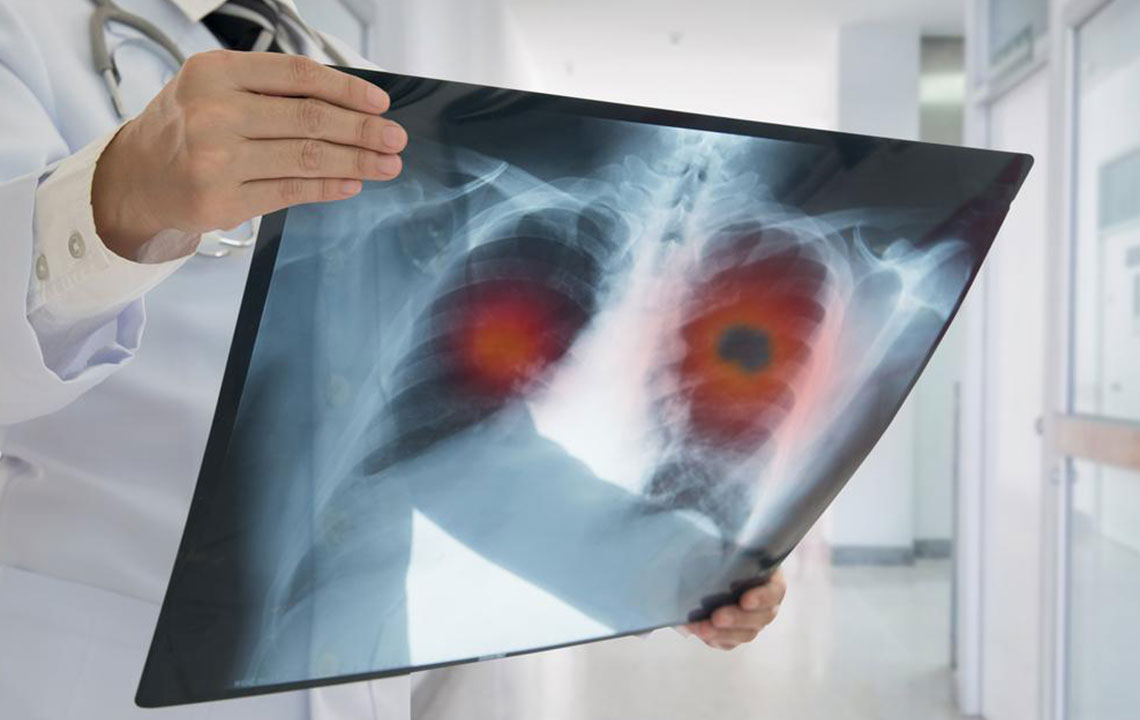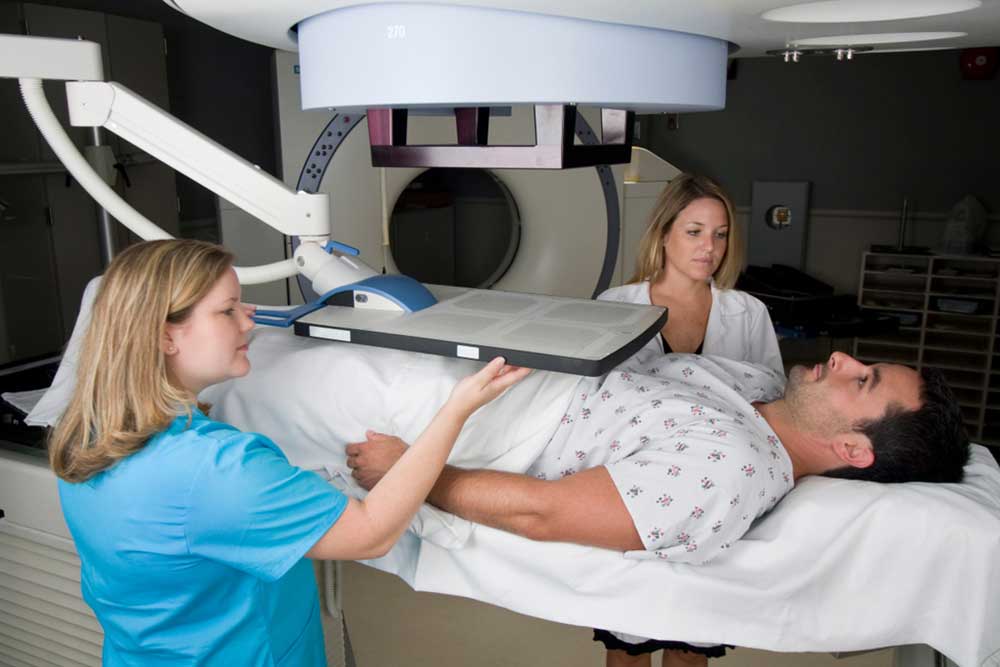Understanding Non-Small Cell Lung Cancer: Signs and Treatment Options
This article provides an overview of non-small cell lung cancer, highlighting its types, symptoms, and treatment options. Early diagnosis is essential for effective management, and various therapies including targeted treatments are discussed. Resources for support and ongoing research are also covered to assist patients and caregivers.

Understanding Non-Small Cell Lung Cancer: Signs and Treatment Options
Lung cancer develops when abnormal cells in the lungs grow uncontrollably, forming tumors that can spread to other areas. Unlike small cell lung cancer, this form is called non-small cell lung cancer (NSCLC) and includes subtypes like adenocarcinoma, squamous cell carcinoma, and large cell carcinoma. NSCLC is more common among smokers but can affect non-smokers too. It tends to affect women more often and can occur at a younger age. Early detection and treatment are crucial for better outcomes.
Adenocarcinoma
The most prevalent lung cancer subtype, adenocarcinoma, can develop in various parts of the body. While linked mainly to smokers, non-smokers can also be affected.
NSCLC more frequently impacts women and younger individuals compared to other lung cancers.
Squamous cell carcinoma
Representing approximately 20-30% of lung cancers, this type starts in flat cells lining the airways and is strongly associated with tobacco use, mainly affecting central lung regions.
Large cell carcinoma
Making up 10-15% of cases, this aggressive cancer can develop anywhere in the lungs and tends to spread rapidly, complicating treatment efforts.
Recognizing symptoms early is vital for effective treatment. Symptoms such as persistent coughing, unexplained weight loss, neurological issues like headaches or limb weakness, and unexplained fatigue should prompt medical evaluation. Detecting NSCLC early increases the chances of successful therapy.
Treatments for NSCLC include targeted therapies like precision drugs that disrupt cancer growth by focusing on specific genetic mutations. Though effective, these treatments depend on tumor location and genetic markers. Clinical trials continue to explore new treatments aimed at improving outcomes for patients. Support services such as emotional counseling, financial aid, and home care are available through local and national programs to assist those affected by lung cancer.










